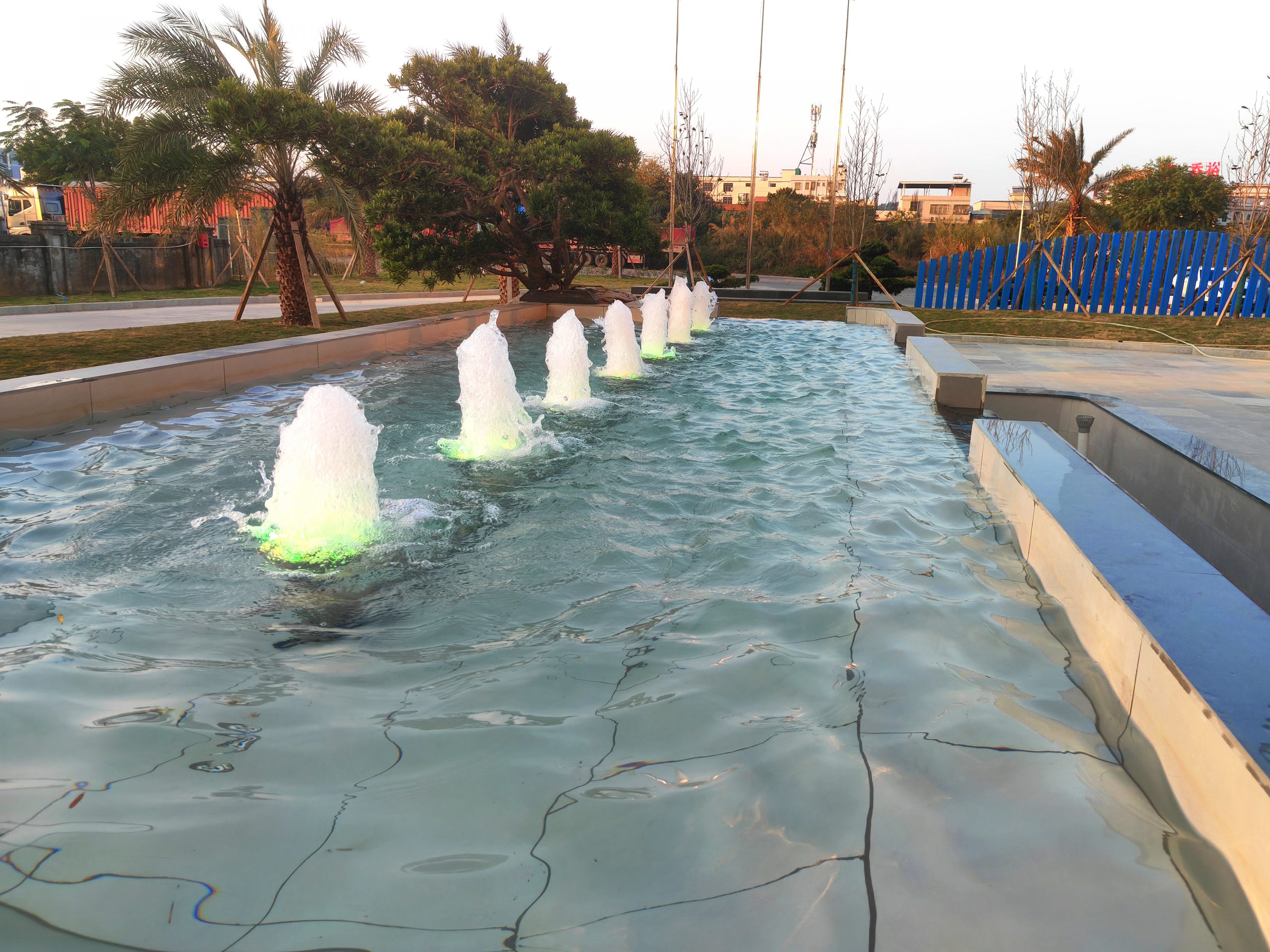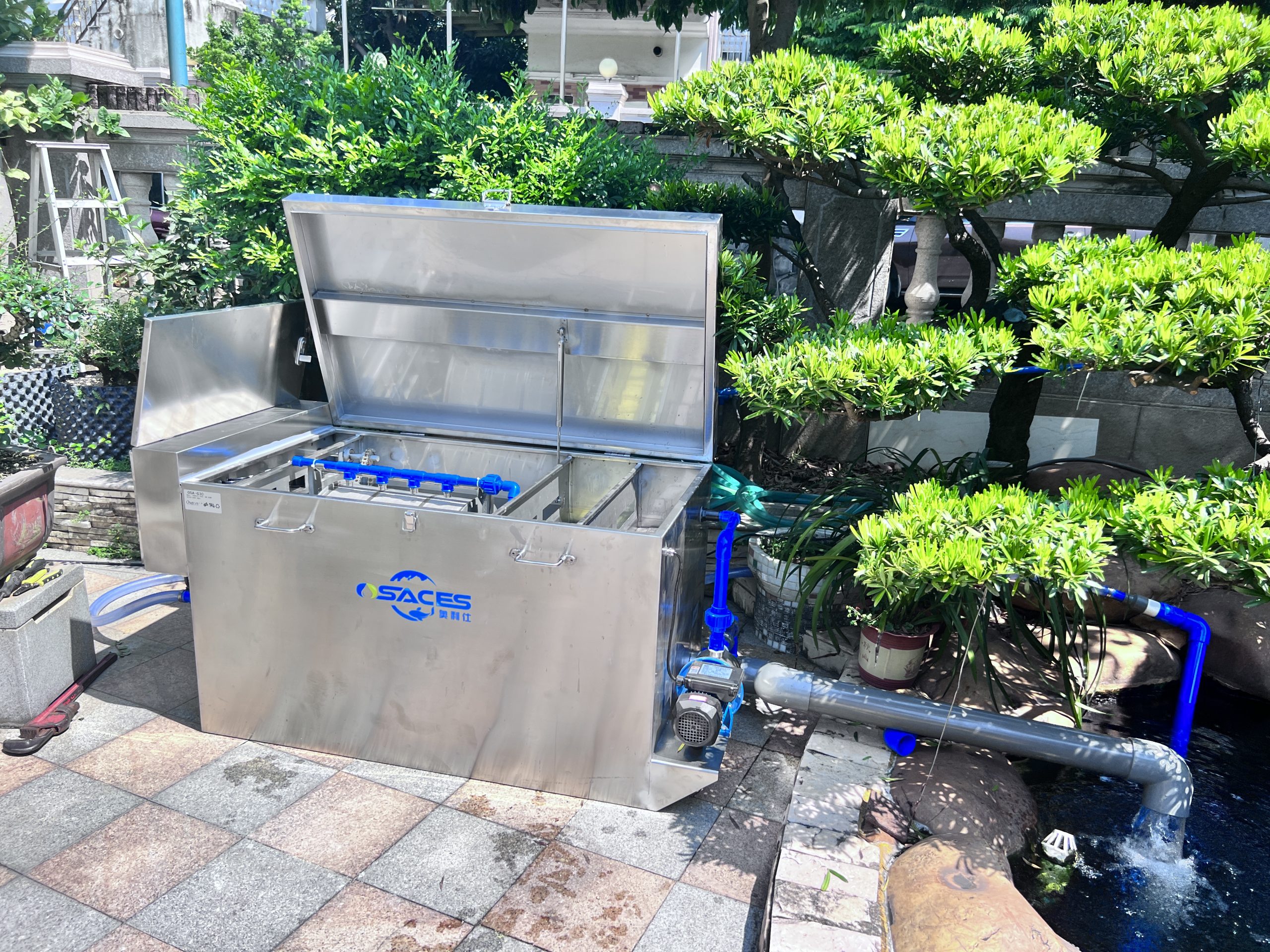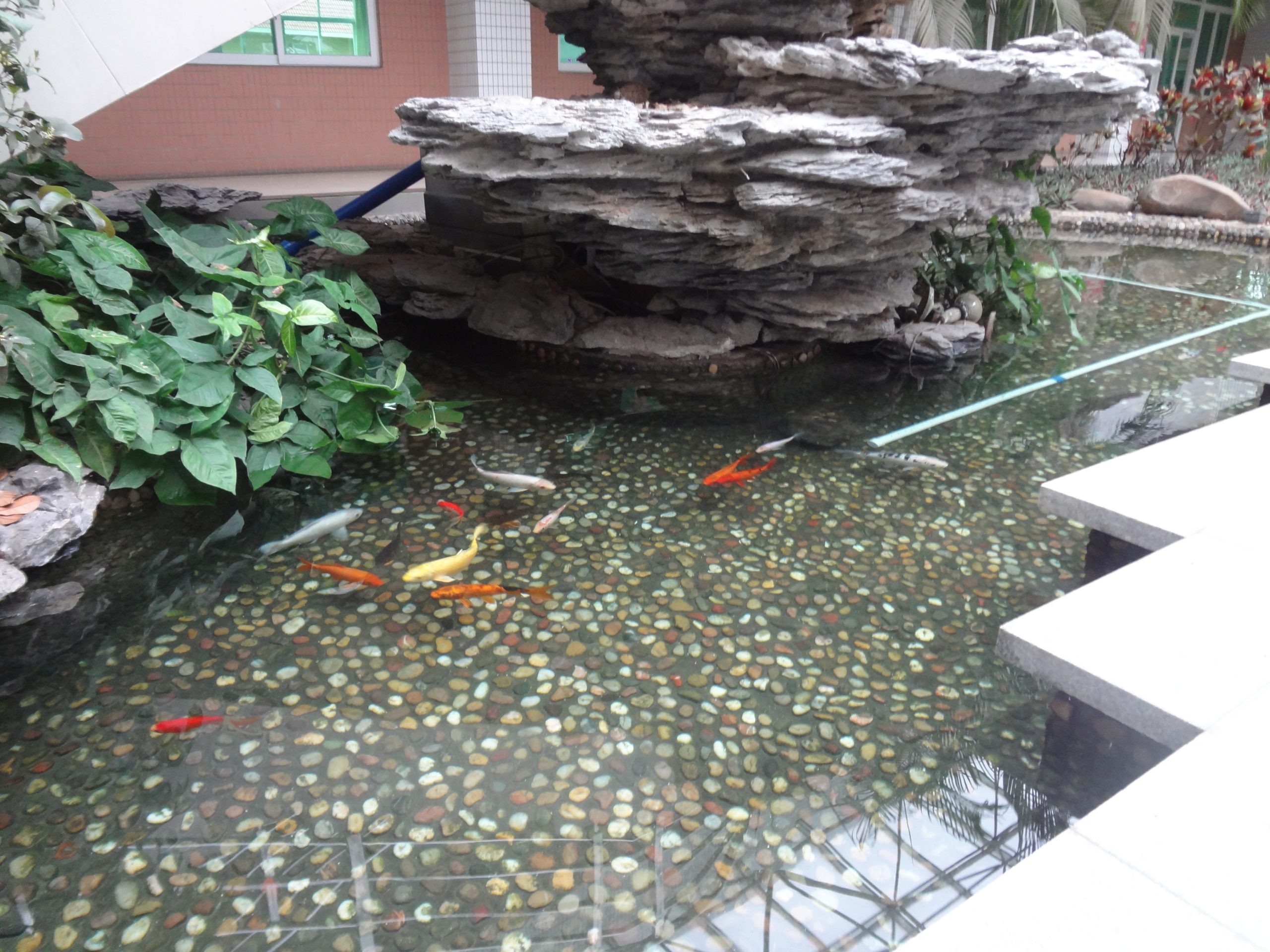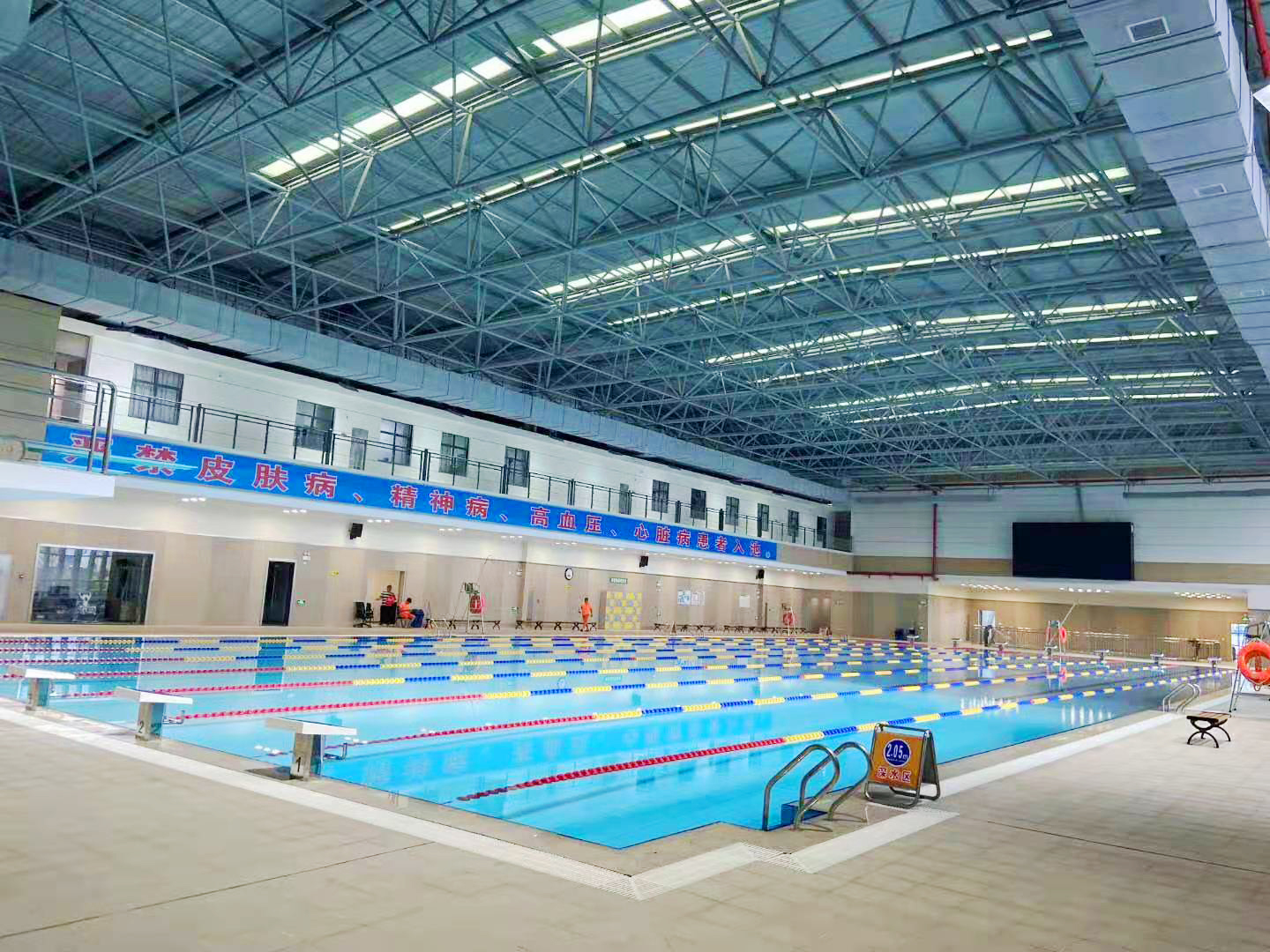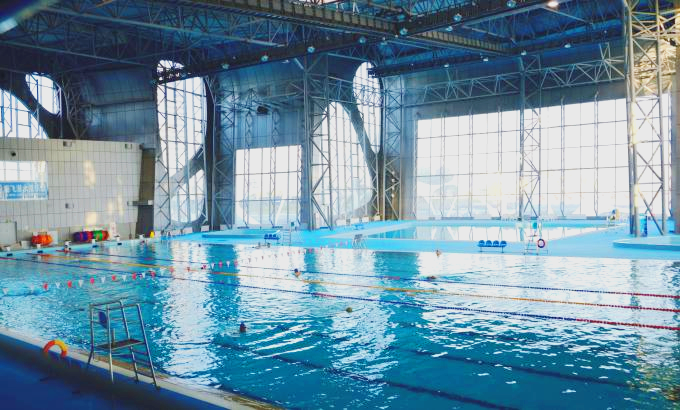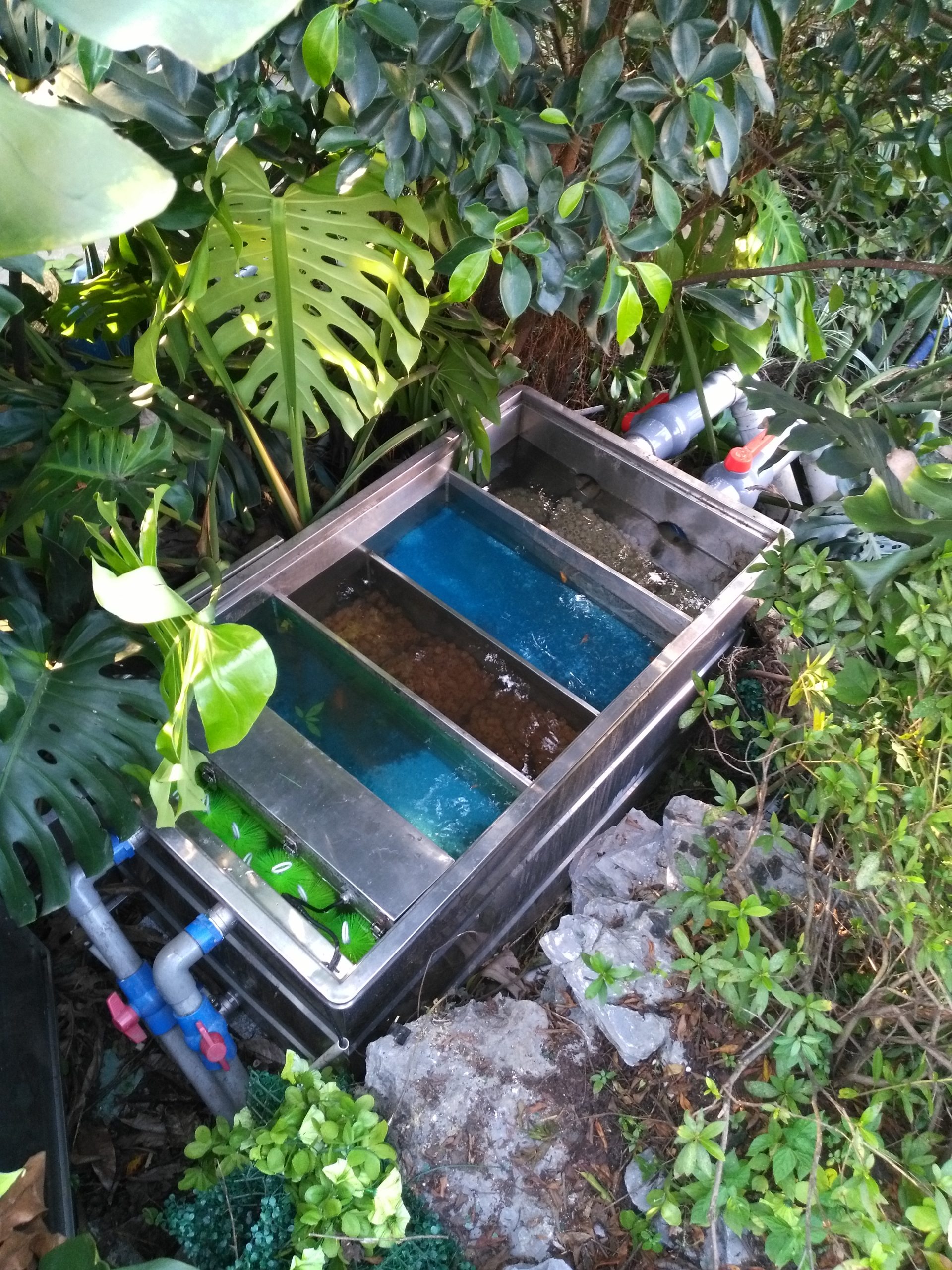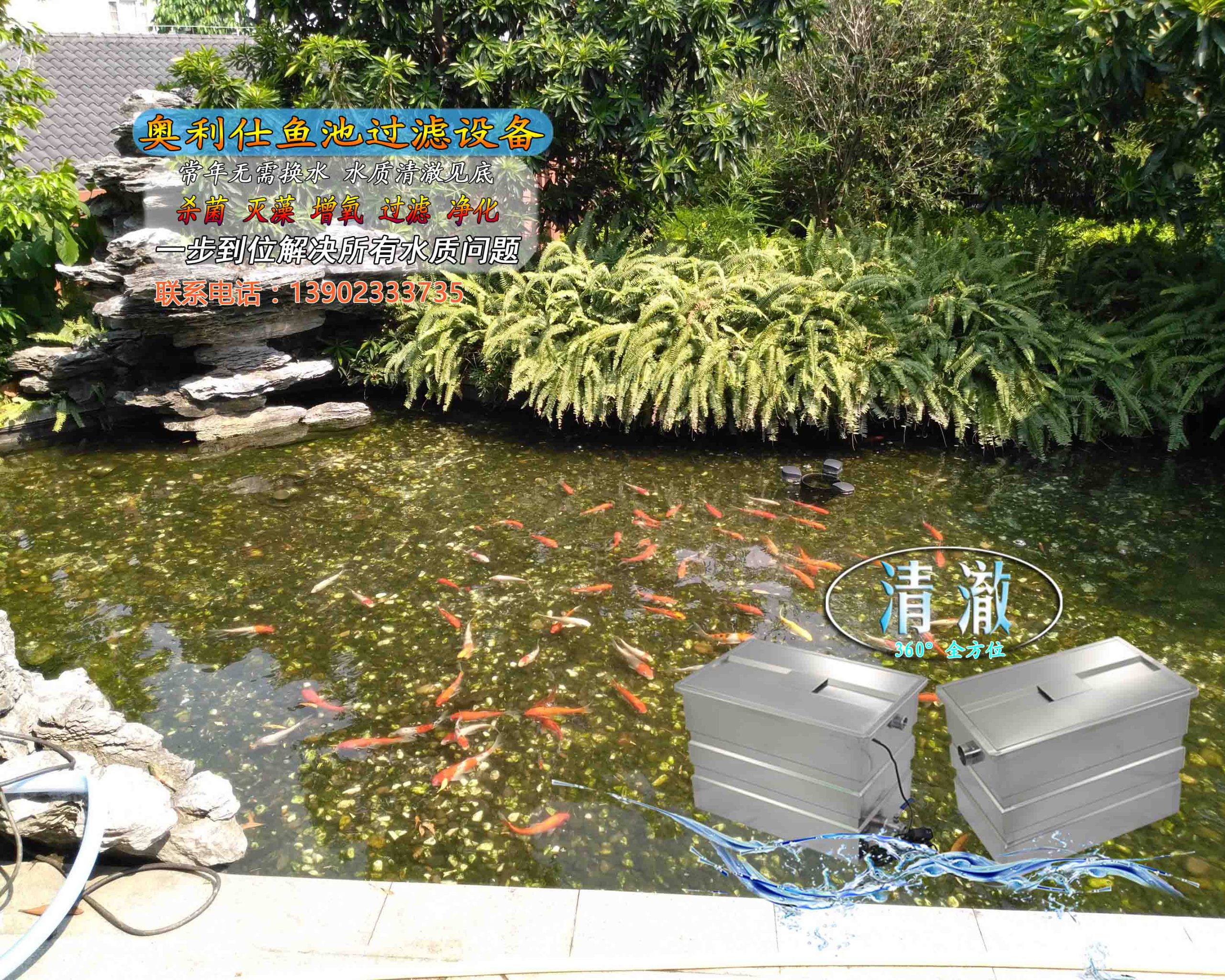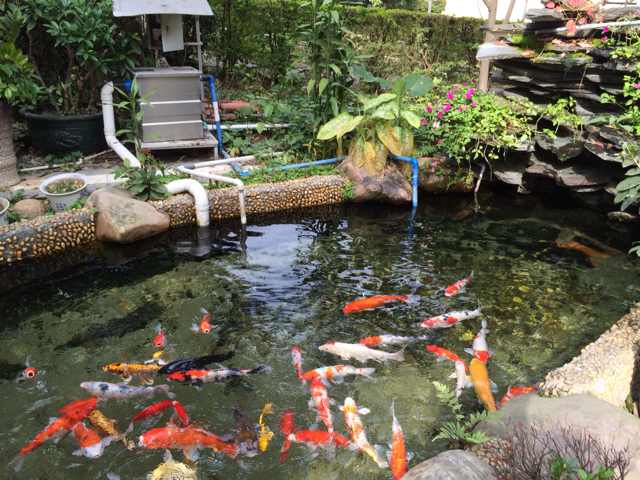common problems
contact details
 Ollies (Guangzhou) Recreation and Sports Equipment Co.
Ollies (Guangzhou) Recreation and Sports Equipment Co.Tel: (020) 82686289
Fax: 020-82694853
Headquarter: No.31-37, Xincun 2 Road, Shangjiang North Street, Dongzhou Village, Xintang Town, Zengcheng City, Guangzhou, Guangdong, China
A detailed explanation of the morphological characteristics of koi:
The body of the koi is fusiform and is divided into three parts: the head, the trunk and the tail. The anterior end of the head has a mouth, the mouth margin is toothless, but there is a well-developed pharyngeal tooth. There are eyes on both sides of the center, a snout above the front of the eyes, and gills on both sides below the back of the eyes.
1.height and weight
Koi are beautiful, colorful, patterned, and majestic, and are of high ornamental and breeding value. Koi are large in size, with a body length of up to1-1.5meters, weighing10Kilograms or more.
Koi are up to90The size of the body can be said to be quite large if it is more than one centimeter, but there was a case of the body length of125The red pine leaf koi, which is more than a centimeter in length, has been known to be as long as150centimeters, weighing up to45A record for a kilogram super giant carp.
2.fins
Fins can be divided into pectoral, ventral, dorsal, anal and caudal fins. The fins are the organs of locomotion in koi. The pectoral and ventral fins are equivalent to human limbs. Fins have the ability to regenerate after removal or breaking.
3.feeler (of an insect etc)
The two pairs of whiskers around the koi's mouth are sensory organs for soliciting food in the mud.
4.classifier for natural springs and hollow objects e.g. wells, stoves etc.
Like most fish Koi do not have eyelids, so the eyes are always wide open and never close. They also have no lacrimal glands and do not shed tears. Koi's eyes are located on both sides of the head, which gives them a wide field of vision that can reach up to160~170Degrees, wider than a person's field of vision2Times. The iris cannot move and thus the pupil cannot be adjusted. This is why koi cannot differentiate between smaller things and also dislike strong direct light.
5.handle (archaeology)
Koi have no outer ears only inner ears, but no cochlea. Therefore some people say that all fish are deaf. But koi do have inner ears that can hear sounds; also the swim bladder can play a role in hearing; but it is the lateral lines on both sides of the fish's body that really play a role in hearing.
6.mouth
Koi do not have teeth in their mouths and therefore cannot chew. However, there is a pair of pharyngeal teeth in the throat area to crush food.
7.skin color
The skin color of koi is very ornamental. The wide variety of colors in koi is the result of the contraction and diffusion of pigment cells buried between the tissues beneath the epidermis and beneath the scales. These cells contain four types of pigments: melanin, yellow pigment, red pigment and white pigment. The contraction and diffusion of the pigment cells are linked to the sensory organs and the nervous system, and are particularly sensitive to light, thus giving koi their brilliant colors and markings.
8.Leather and Genuine Leather
On the outside of the fish body is the outer skin, which is subdivided into the outer epidermis and the inner dermis. The mucus secreted by the mucous cells in the epidermis effectively prevents the attachment of parasites. Below the epidermis is the dermis, which contains blood vessels and nerves, and the base of the fish scales is buried in the dermis.
9.flake
The body of the fish is covered with scales, which are differentiated from dermal cells, and the scales are protective. Once the scales fall off, they can be regenerated. However, the regenerated scales are disorganized. The scales are like sawed-off tree trunks with annual rings, and the age of the koi can be estimated accordingly.
10.siding
A longitudinal dotted line running from the head to the tail in the center of each side of the body of the koi fish is known as the lateral line, which is the sensory organ of the fish. The lateral line organ senses three types of mechanical stimuli: water currents, surface waves, and near-field sound waves, and it can accurately gauge the orientation of insects as they fall into the water. The range of sounds it perceives is nine times higher than that of humans. At the same time, the lateral line organ also serves to keep the body in balance. If a koi is out of balance, it loses its ornamental value no matter how good the other conditions are.
11.gut
Koi have no stomach, esophagus through the intestinal part, and thus also naturally no pepsin, digestibility is very low, so the raw materials for artificial feed, should be crushed into very fine powder and then granulated. The liver and pancreas together are called the hepatopancreas. The swim bladder is at the back of the body cavity and is divided into two chambers, anterior and posterior. The heart is encased in the heart sac and consists of an atrium and a ventricle with an additional arterial bulb attached. At the anterior end of the base of the anal fin, there are excretory and genital pores, which are connected to the rectum, urethra, and reproductive glands, respectively, and sperm and eggs are formed in the reproductive nests.
12.distinguishing between the sexes
Abdomen fatter in females than in males; anus broad and flat and subrounded in females, smaller and long ellipsoid in males; male pectoral-fin margins with rough keratinous protuberances at the stage of sexual maturity"follow a star"The
Related content
- Don't let rotting tails affect the koi's aesthetics
- What kind of water is good for fish? Talking more about green water for fish
- What to do if the water in your fish pond is unclear? How to keep the water fresh and clear
- Are you ready for the golden age of koi growth?
- What causes new koi to get sick easily?
- Case Sharing--Foshan Shunfeng Mountain Park 3600 square meters landscape pool purification project
- Case Sharing||Huizhou-- Intelligent Terminal Beidou Industry Production Project Fountain Fish Pond Purification Project
- Guangdong Guanyinshan National Forest Park 300m³ landscape fish pond purification project

